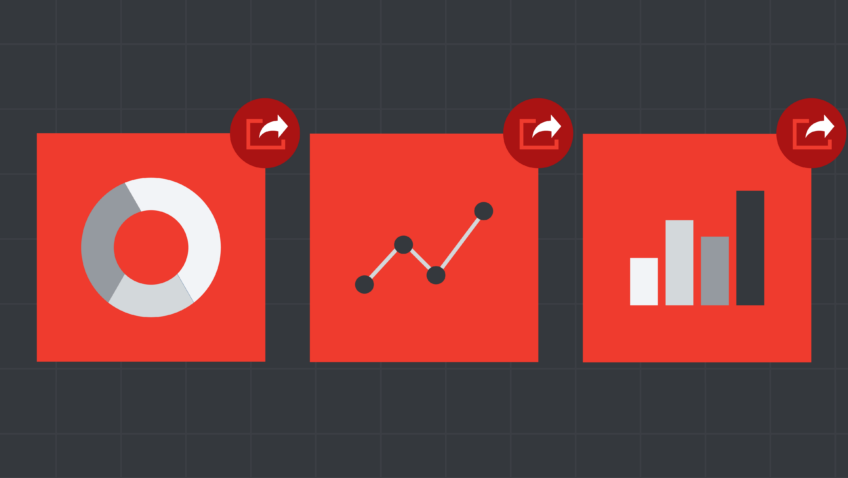A Listening Strategy for Your Website
Do you know why users are coming to your organization’s website? I mean specifically. Can you tell me what percentage are coming to purchase tickets, what percentage are coming to research your upcoming show, what percentage are coming to find directions to your location? Do you know if the users were able to complete the task that they came to your site to do? Were they satisfied with their visit?
If five percent of users are coming to find restaurants near your theater and this information is buried deep in your site, you are making your users work very hard. Perhaps some gave up, didn’t find what they were searching, and left frustrated.
Many marketers think a successful visit to their website is one that results in a transaction and that is what many click-stream analytics platforms are optimized to measure. But transactional visits represent a very small percentage of overall visitors. Most sites I see have e-commerce conversion rates of under 5%. That means 95% of users are coming to the site to do something else. Do you know what else the other 95% are coming for?
What I am advocating here is adding a listening strategy to your web analytics strategy. The point is to learn why users are coming to your site, learn if they are finding what they need, and to ascertain what barriers are stopping the successful completion of their visit. And then, of course, the real point is to fix the barriers.
The good news is that this type of information is easy to find out through simple surveys. Survey your web users regularly to ask them why they are coming to your site and to find out if they were able to complete the task for which they came. You can create this survey through a tool like Survey Monkey or Zoomerang. Ask your web programmer to set the survey to pop up during every nth visit. (You can have it pop up on the first page or perhaps deeper into a visit depending on how engaged you want the users to be before taking the survey.)
A good first step in designing your survey is to talk to your box office telephone representatives who are on the front lines of patron website questions. They could probably tell you the top five questions and issues they get from frustrated patrons trying to complete a task on your site. You can use this information to help shape your survey questions.
The data you collect will help you inform design decisions, site updates, and help you better allocate resources to your web maintenance. A listening strategy is a critical step in creating a user-focused web site.










